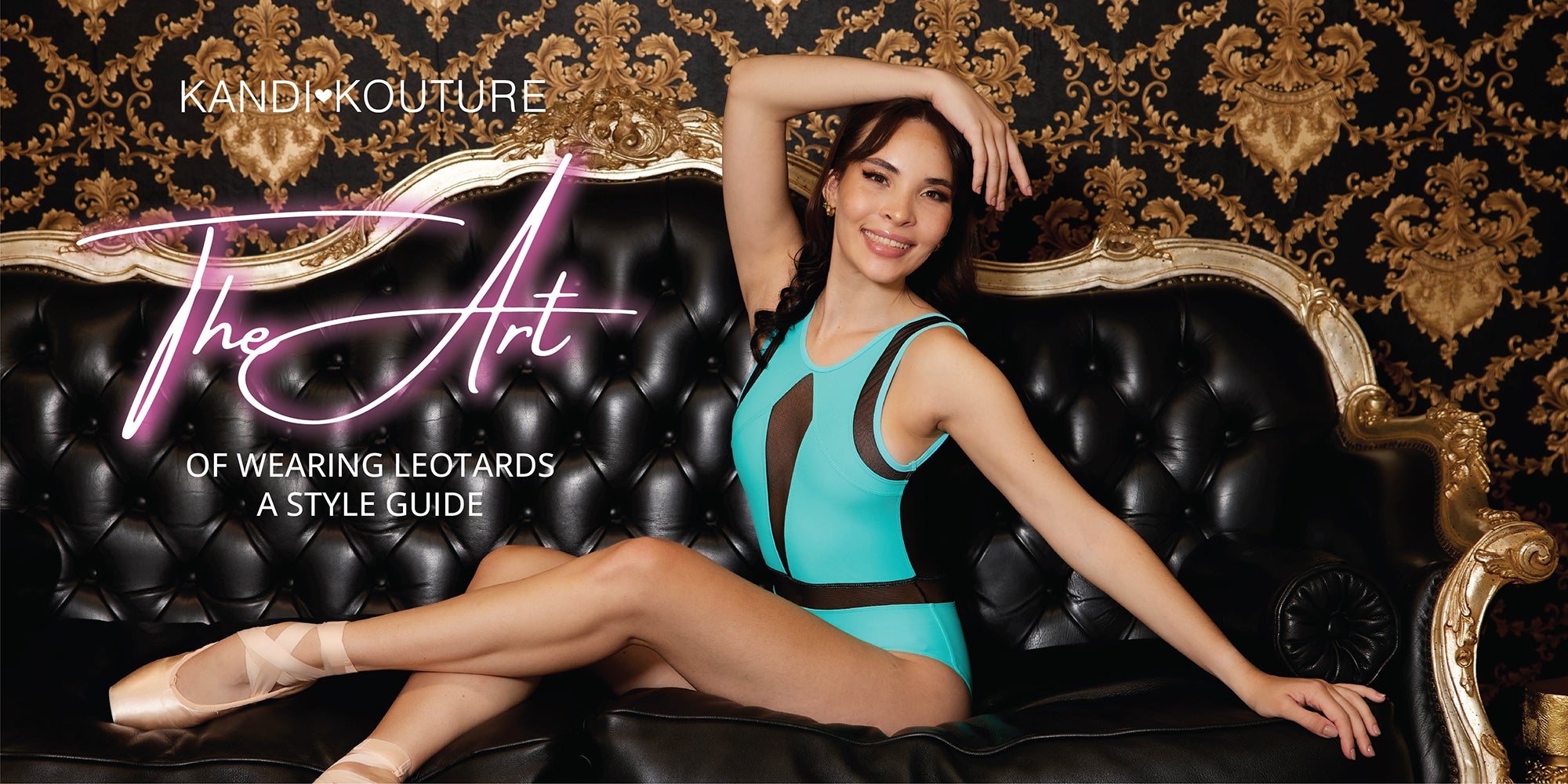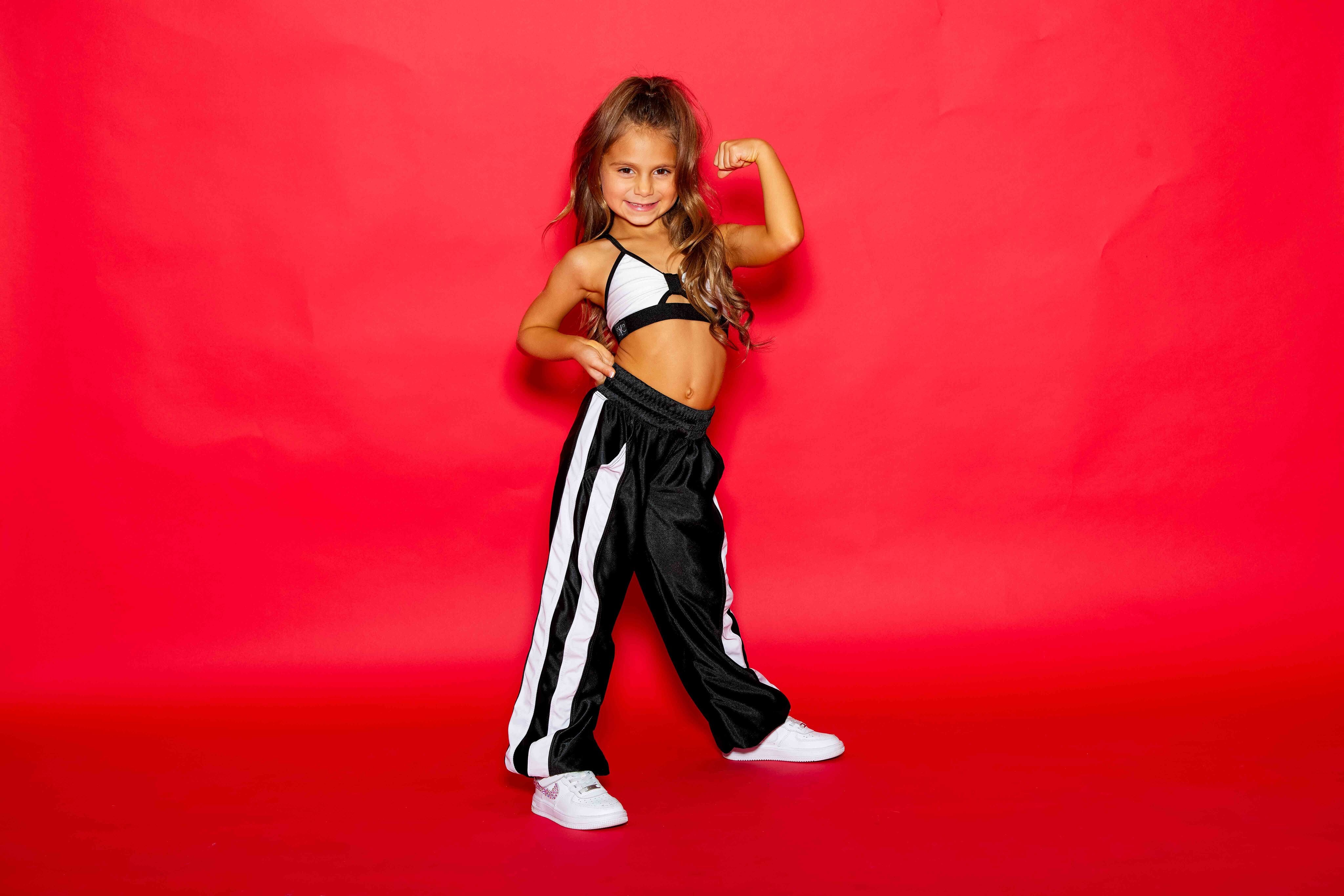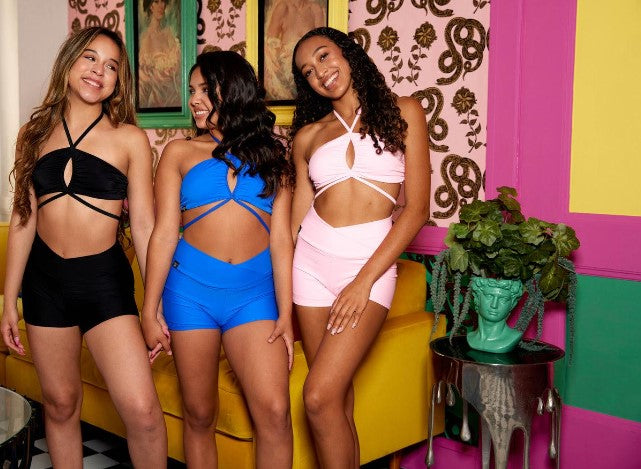
The Ultimate Guide to Leotards: Styles, Care, and Accessories
One of the top-selling products of Kandi Kouture is a vast variety of leotards. Today, we are writing this blog post to talk about everything about this amazing dancewear – somewhat a guide to leotards.
We’ll start from the basics – what are leotards?
Leotards are one-piece and close-fitting garments covering from the shoulders to the hips of a person. They are typically made of any flexible material such as spandex, cotton, or lycra thus allowing the wearer to be free to move, which is an important requirement for a dancer.
Various styles of leotards include the short-sleeved, long-sleeved, tank, and camisole all with their aesthetics and function.
So, what’s so special about leotards when it comes to dancing?
The reason is inherent in the design and purpose of the leotard. The leotard hugs close to the form of the dancer such that it makes the lines quite visible to an instructor who thus can attempt to make corrections as needed. Such visibility is crucial for body lines as in this way techniques are perfected.
In addition, the fitting prevents loose or flowing of the part that can impede the lines of the dancer. Comfort, fit, and the style of the person are some of the key factors to consider while choosing this kind of dancewear. A good leotard should give the feeling that the skin is the second layer it has while at the same time offering support without restricting movement.
Let us share with you the style guide for leotards.
Choosing the Right Leotard
There are numerous factors to consider when choosing the right leotard for your dance performance. Below are the following with regard to the guide to leotards:
You’d agree that dancing requires comfort – once you have that you’re dancing a lot better, right? A leotard that offers comfort will ensure free movement which is critical in performing the moves without necessarily thinking of uncomfortable restrictions
Commonly made with fabrics such as cotton or Lycra, leotards in general are the most comfortable dancewear available because they have a tendency to be soft and stretchy. Pay attention to the cut of the leotard. The leghole may be high-cut for the person who may want to have more mobility from the outfit or low-cut if the person wants the leotard to cover more.
FitLeotard fitting is very important. A good leotard should tightly fit your body and feel like a second skin – should be so gel in. A dancer would know that unobstructed and unrestricted dancing is a boon. A leotard that is well-fitted will ensure exactly that along with comfort. When trying on a leotard, ensure that it's not too tight or loose in any area. You should be able to move freely, with no pinches or squeezes involved.
MaterialA leotard should often be as comfortable and as durable as the material it is made of. A lot of materials are capable of flexing and breathing well with you, such as cotton. However, velvet, for instance, may be considered by dancers who like the sleek look & feel of the leotard. Generally, as per the guide to leotards, the choice of material solely depends on your needs of dance style and taste as a dancer in general.
Leotards are brimming with design varieties. Different styles of leotards embrace unique attributes and are approached differently. There is the basic tank leotard and also the more advanced styles such as camisole among others. This means that there is every style for every level and type of performance. This means that your dance genre or its style influences your choice of leotard; for instance, ballet prefers the use of more traditional designs.
SizeFinally, choose the proper size. A leotard that is too tight will restrict movements and be uncomfortable to wear. Determine your correct body size and consult the manufacturer's sizing chart before buying. Please remember that leotards are body-hugging so choose your size meticulously.
Types of Leotards
Camisole LeotardsThis is a style of leotards with spaghetti-type straps. This one emphasizes the lines of the upper body of the dancer and even gives some freedom to move along the shoulders. They are a classic style that most ballet dancers like and find them very feminine and elegant touch. You can even don these for your rehearsals or auditions.
Tank LeotardsNamed after their wider, tank-top-style straps, tank leotards provide a little more support than camisole styles. These make them an option that is great for long dance rehearsals or during high-action dance moves. They are popularly used for jazz and hip-hop dance styles among others in the guide to leotards.
Long-sleeve leotards will be perfect for performances or in colder conditions because they offer ample coverage. The sleeves continue in such a way that the line starts from the shoulders of the dancer to the wrist, thus creating that refined and sophisticated continuous line on the arm. This kind of leotard is very widely used in classical ballet but it's not exclusive to it.
Short-sleeve and Cap-Sleeve LeotardsShort-sleeve and cap-sleeve leotards are a variety that falls between tank and long-sleeve styles. The leotard is equipped with more coverage than that offered by tank ones but less than provided by long-sleeve ones – basically the middle ground. The leotards are good for different dance styles and also suitable for both rehearsal and stage performance.
Caring for Your Leotard
If you are aiming to extend the age of your leotard, then proper care is the way about it. After wearing, the leotard should be washed to remove body oils and sweat which may eventually break down the fabric. Basically, hand washing with cold water should do, and delicate detergent as well. Do not add bleach as it may damage the material and color in general.
Always air dry it, don't ever put it on a dryer, because this will result in shrinking and damaging of the material caused by heat. At the same time, storage of the leotard shall be in a dry place. Avoid folding of the leotard. Instead, hang it flat on a hanger – one of the major points in the guide to leotards.
Accessorizing Your Leotard
Accessorizing the leotard you can introduce something that will show off your personal sense of style and also contribute to increased comfort and performance. You can have tights as a common accessory because they really serve to cover more of the body, provide support, and add some structure. You will find these in various colors, the texture being glossy or matte to match the leotard and the surrounding environment for your performance.
These have been important pieces of gear, from legwarmers and knit sweaters that warm up the muscles before dances and other physical activities in anticipation of avoiding potential accidents. Look for those that may be easily removed after your body temperature rises again.
They could also accessorize with headbands, hair clips, and scrunchies to accentuate their style while keeping the hair out of their face. However, accessories used should never interfere with the individual's functions and performance.
The keyword is balance. Accessories that highlight the looks without overriding functionality should be selected. Since functionality remains to be the number one factor to consider, comfort should also feature highly just like the leotard.
Final Thoughts
To sum up this guide to leotards, the ideal selection of a leotard majorly depends on its comfort, fit, material, and style. The right garb can heighten one's performance and also enhance an individual's personality. Proper cleaning and storage must be done to all the dancewear for them to last.
Keep up to date with the latest developments in leotard fashion, including mesh that has already become a trend, and numerous fashionable, modern designs. Classical ones - stylish are now supplemented with fashionable novelty releases.
Explore hundreds of leotards’ collections on Kandi Kouture.





Leave a comment
This site is protected by hCaptcha and the hCaptcha Privacy Policy and Terms of Service apply.